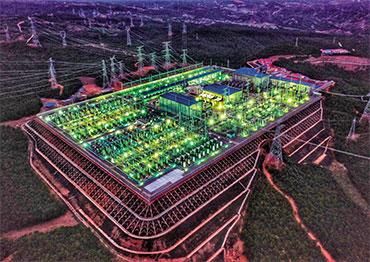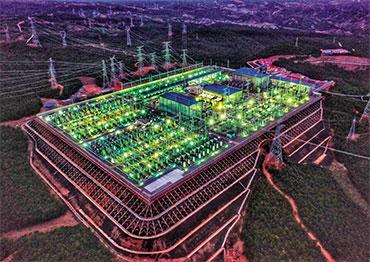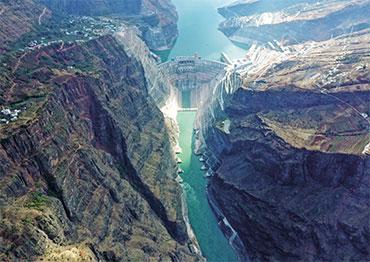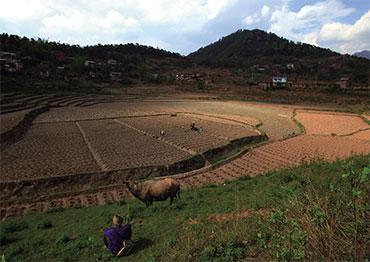But this option is complicated, not only because coal furnaces produce immense carbon emissions, but also because thermal power is more expensive now, edged out over the past few years when water resources remained bountiful.
Li told NewsChina that the generating hours of Yunnan’s thermal power stations plunged from 5,014 hours in 2007 to 2,113 hours in 2020, less than half of the national average in 2019. At the end of 2019, Yunnan Xuanwei Power Station, the biggest thermal generator in the province and operated by China Guodian Corporation, declared bankruptcy with a debt-to-asset ratio of 400 percent.
“In our immature electricity market, thermal power can’t really compete with hydropower in terms of cost,” Li said. “However, in overseas markets, thermal power can be sold at negative prices if a temporary shutdown would prove more costly.”
Li said that a pragmatic way to address China’s electricity shortage is that the government helps State-owned thermal power stations break even. “Yunnan is exploring capacity markets for power plants, where surplus power can be stored and prepaid for future use, such as during the dry seasons,” he added. The surplus power could be stored in pumped hydropower stations, batteries or other storage technologies, some of which are not yet fully developed.
From the start of 2023, Yunnan’s thermal power plants were allowed to price their on-grid supply with fluctuations up to 20 percent, in line with a reform plan announced by the Yunnan government in late 2022.
The province has also launched a trial market for a flexible thermal power capacity system to balance wind and solar power. Costs may vary depending on power sources and demand.
The province is also planning to build a thermal power generator unit with a capacity of 4.8 million kW for peak load seasons, according to a three-year action plan (2022-2024) for enhancing industrial capacity. Despite the widening gap between local power supply and demand, the government aims to become a high-end aluminum alloy manufacturing base, with an estimated industrial chain production value of 350 billion yuan (US$50.96b) in 2024.
An anonymous industrial insider told NewsChina that many enterprises would still have relocated to Yunnan, even if their electricity costs had remained the same. But the unstable hydropower supply that forces halts to production is making them think twice.
Aluminum producers such as Yunnan Hongtai New Material, are reluctant to establish more plants in Wenshan in the southeast of Yunnan. Backed by Shandong Weiqiao Pioneering Group in 2019, Hongtai planned to set up a new production base in Honghe Hani and Yi Autonomous Prefecture also in the southeast of Yunnan. Now it is hesitating to launch the new project, which would have a production capacity of two million tons.
“The cheap and stable hydropower supply, which was essential to producers in southwestern regions like Yunnan, is gone,” Yuan Jiahai said. “By phasing into a period when water resources are insufficient, the governments concerned should ensure there’s enough power for domestic and industrial use. They should be prudent enough to weigh the economic pros and cons of energy-consuming projects.”

 Old Version
Old Version


